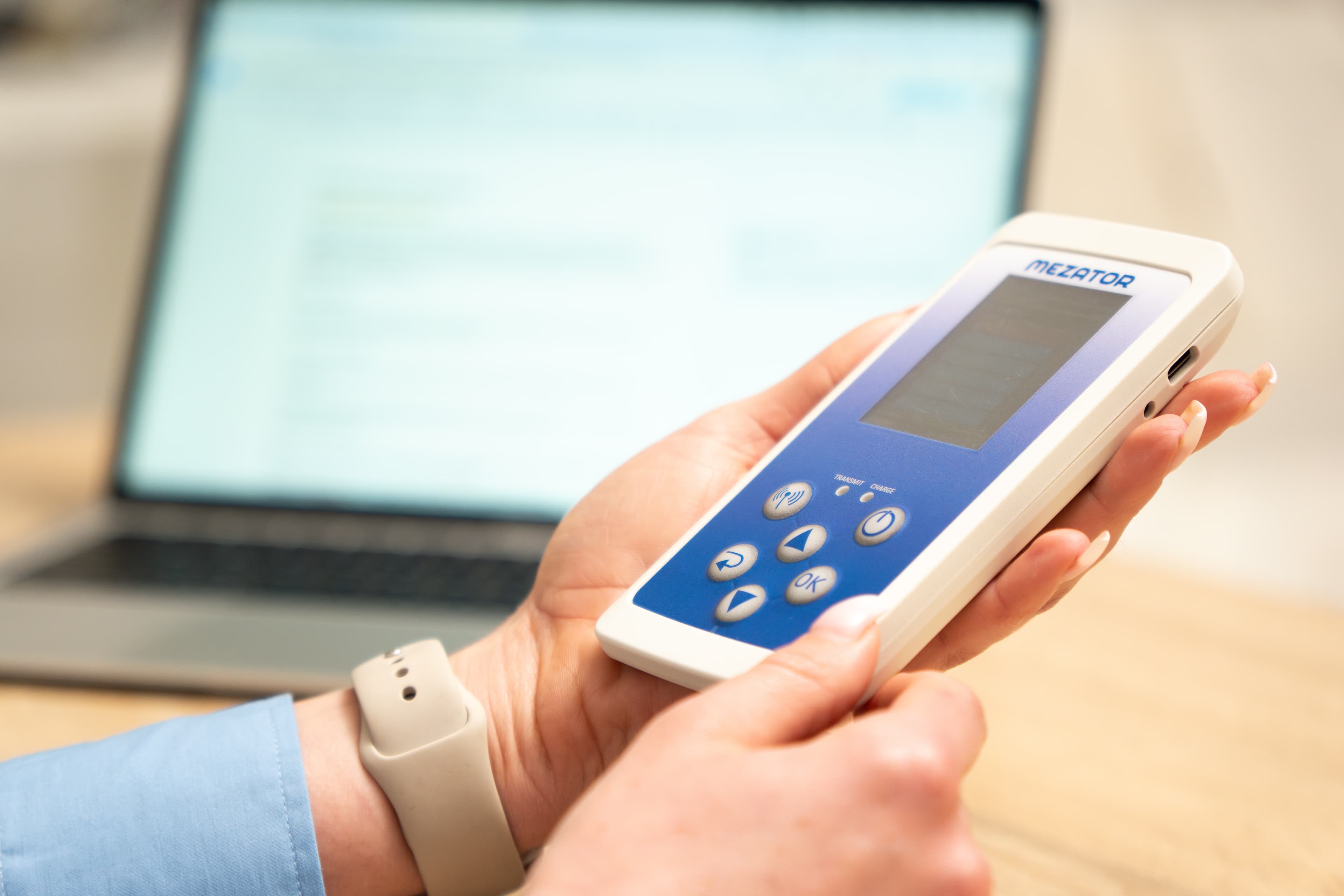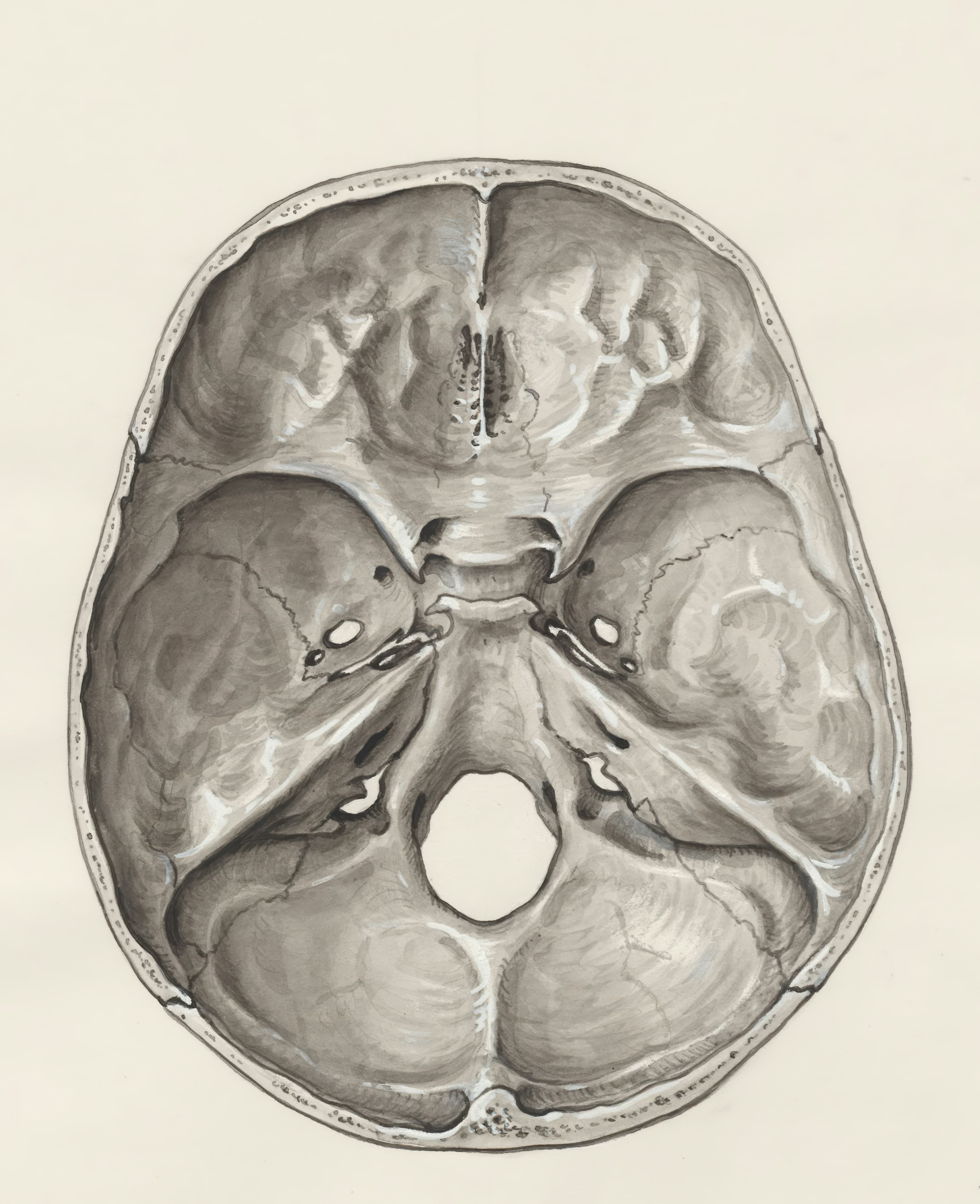Endoscopy vs. Colonoscopy: Key Differences and Uses
Endoscopy and colonoscopy are both important diagnostic tools used to examine different parts of the digestive system. While they share similarities, there are key differences between these procedures. Endoscopy focuses on the upper gastrointestinal tract, including the esophagus and stomach, while colonoscopy concentrates on the large intestine (colon) and rectum. Understanding these differences is crucial for accurate diagnosis and tailored treatment plans.
In conclusion, a colonoscopy is a vital procedure for detecting and preventing colorectal cancer and other gastrointestinal conditions. It is a relatively quick and comfortable procedure, lasting between 30 minutes to an hour on average. Although it is normal to feel some mild discomfort, the use of sedation or anesthesia helps minimize any pain. By distinguishing between endoscopy and colonoscopy, healthcare professionals can provide appropriate examinations for specific areas of concern. Regular screenings and early detection can significantly improve outcomes and save lives.





